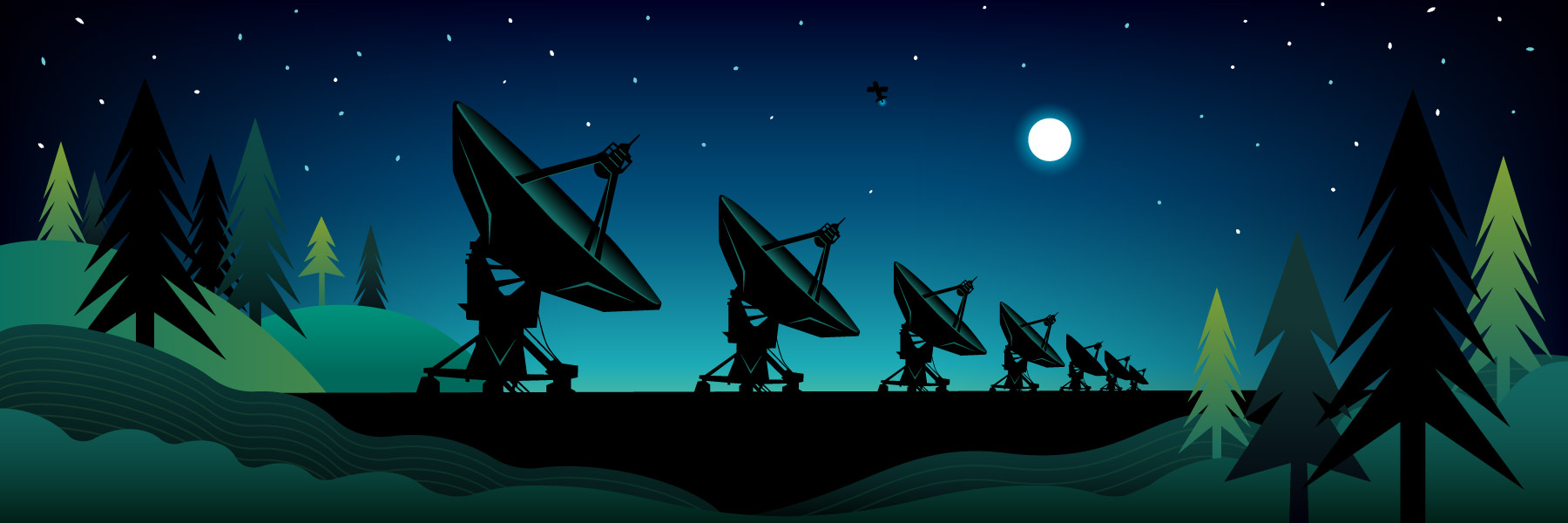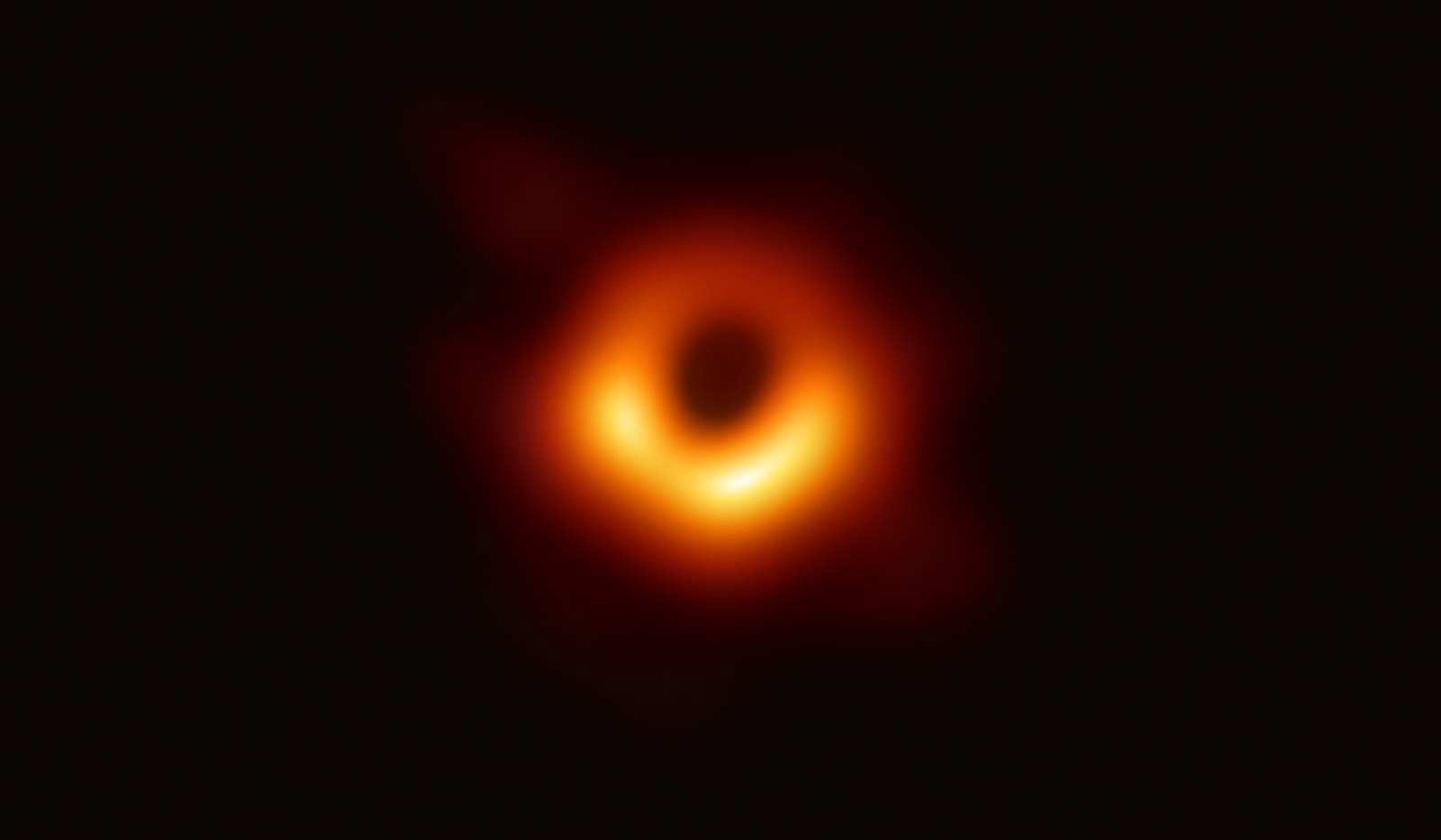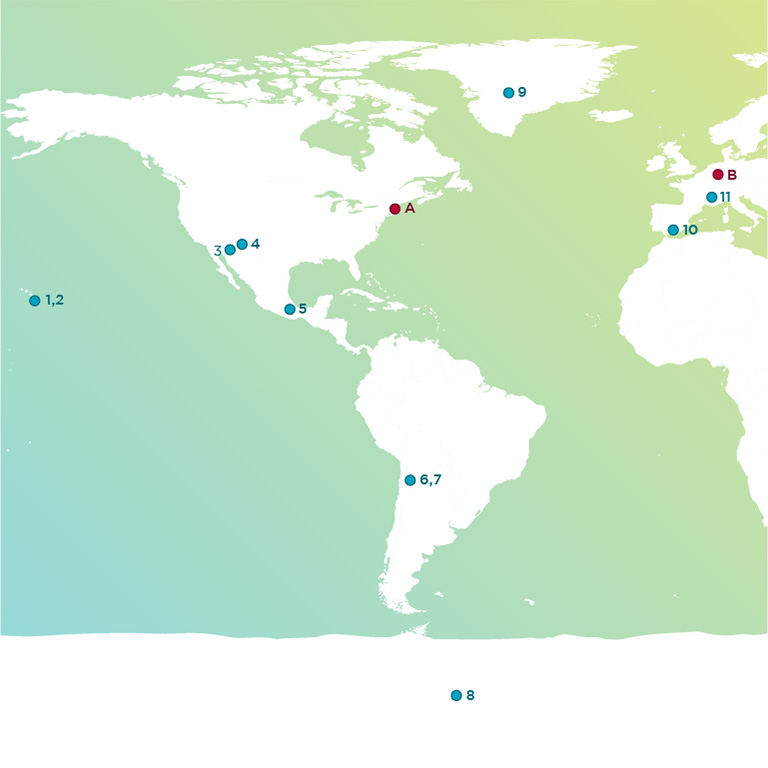The Event Horizon Telescope (EHT) is a global network of synchronized radio observatories that work in unison to observe radio sources associated with black holes. During their research season in 2017, the eleven telescopes, spread world-wide, focused on a single black hole with the goal of gathering enough data to create a visualization of the spatial anomaly. Each Instrument generated at least 350TB of data each day over the six-day coordinated campaign in 2017. This data was stored on hard drives at each site and then shipped to MIT Haystack Observatory and Germany’s Max Planck Institute for Radio Astronomy. These two sites collected, analyzed, and then produced the now famous first image of a black hole.
In 2020, International Networks at Indiana University began to collaborate with EHT staff to better understand the network needs and current connections with a goal of assisting the researchers in using the international research and education (R&E) networks to share at least partial data sets, which had previously been impossible. Even being able to share smaller snippets of data in near-real time would potentially have a significant effect on the process of science for the astronomy teams.




